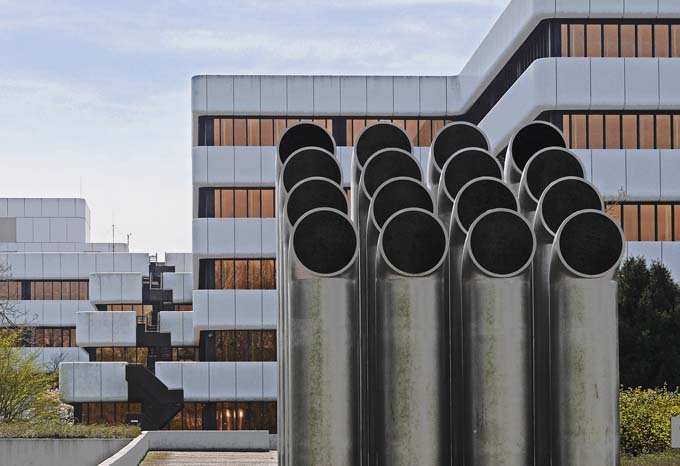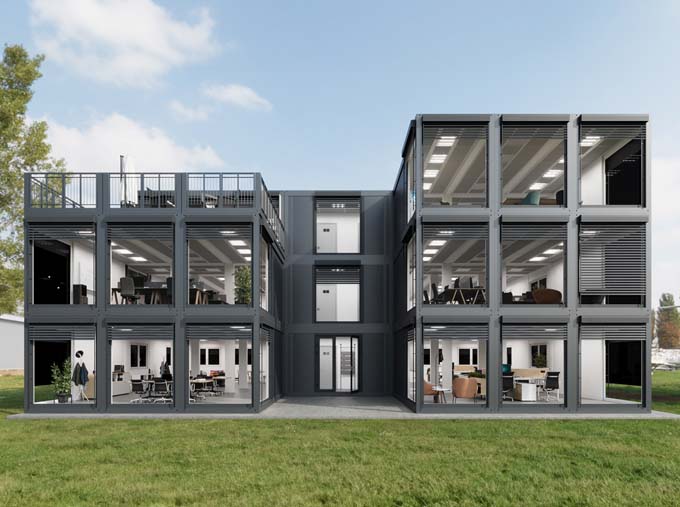Energy consumption: Daylight saving time does have advantages
The pros and cons of the time changeover are regularly the subject of heated debate. While opponents question the benefits in terms of energy consumption, proponents see advantages in this respect. A new Empa study now supports the arguments of the proponents.

Home earlier saves energy
The basic hypothesis of the research team was that office workers are in the office one hour earlier in the summer due to the time change and thus also leave it earlier in the afternoon. Since most of the cooling power is required later in the afternoon, this can save energy. The prerequisite, however, is that the cooling system can be shut down or turned off when the office is empty. This would be easy to achieve in so-called "smart buildings". In many places, however, this is still a long way off.
To test the above hypothesis, the researchers simulated the heating and cooling energy used with and without daylight saving time for different climate regions based on data from various office buildings in 15 US cities. They took into account not only the current climate, but also future climate scenarios up to 2050, in order to include the influence of climate change. This is crucial, because climate change has an enormous impact on a building's energy consumption. In another study, for example, Empa researchers found that in the future Switzerland could have the same demand for cooling energy as for heating energy due to climate change.
The study results are grist to the mill of daylight saving time proponents. "Switching to daylight saving time can reduce the cooling energy of an office building by up to almost six percent. At the same time, heating demand can increase by as much as 4.4 percent due to the earlier start of work in the morning. However, since much more cooling energy is consumed than heating energy in summer, the time change has a positive overall effect on the energy balance of a building," summarizes Massimo Fiorentini. Across the different climate scenarios and climate zones, the energy saved varied - the maximum total energy saving was 3 percent - but it was effective everywhere. Although this result only relates to office buildings in the U.S., it also provides valuable insights for Switzerland, because the climatic conditions are comparable for several of the simulated climate zones.
Contribution to climate protection
"Our study shows that the time change can contribute to climate protection. In the discussion about abolishing daylight saving time, political decision-makers should therefore not only consider the electricity savings in artificial lighting, but also the impact on the energy balance of office buildings as a whole," says Eggimann. At the same time, the researchers emphasize that the time change is only one of many ways to influence the energy consumption of an office building. Improvements to the building stock, behavioral changes or a general adjustment of working hours can also contribute to energy savings and thus to CO2-reduction - regardless of whether the clocks have to be changed or not.
Source: Empa









